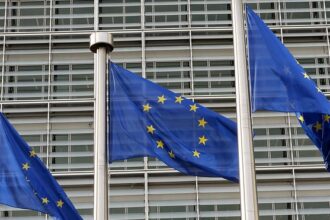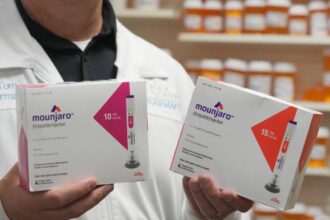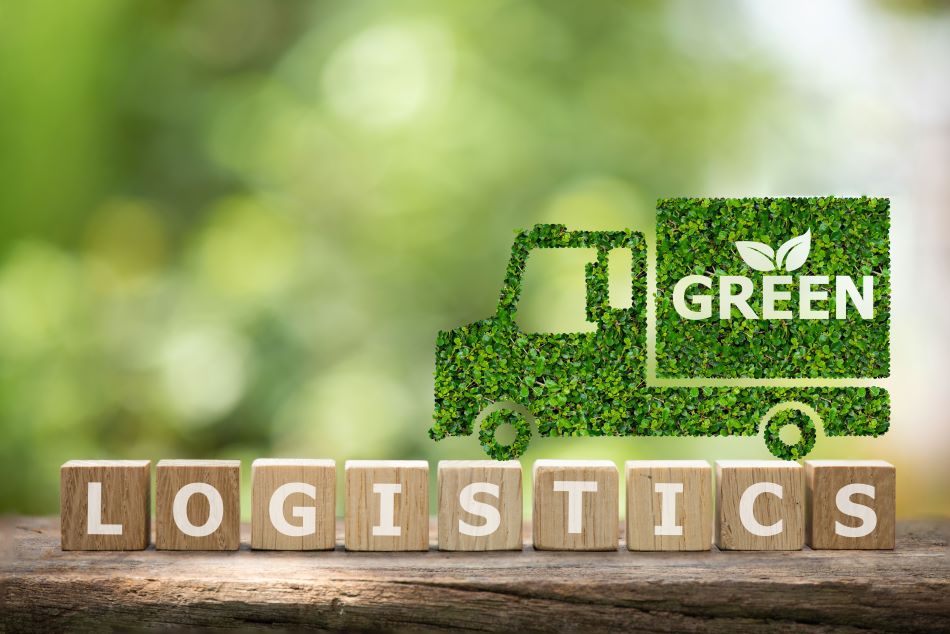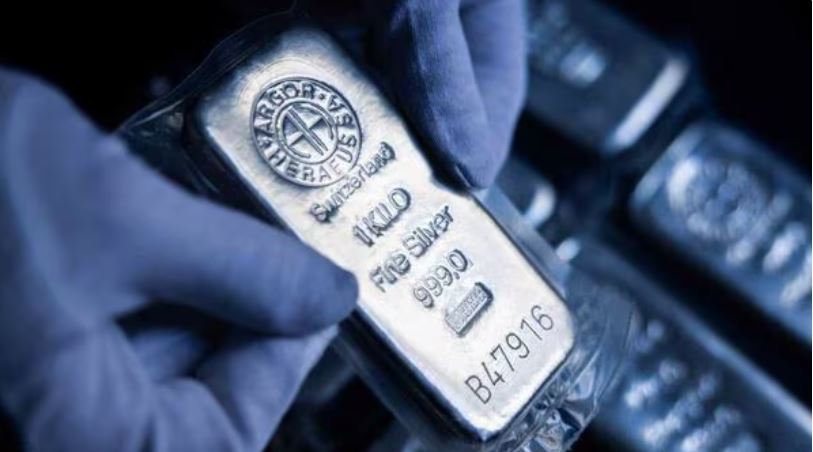The European Union’s groundbreaking Packaging and Packaging Waste Regulation (PPWR) officially entered into force in February 2025, replacing the older directive to enforce uniform rules across the EU starting mid-2026.
The regulation aims to minimize packaging waste, make all packaging economically recyclable by 2030, and boost recycled plastic usage to reduce virgin material reliance toward climate neutrality by 2050.
Stricter Design Standards and Recyclability Targets Introduced
Media reports suggest that under PPWR, packaging must meet specific recyclability standards: packaging must be at least Grade C (≥ 70 % recyclable) by 2030, advancing to Grade B (≥ 80 %) by 2038. The regulation also outlines embedded reuse and refill targets, mandates minimum recycled content, all backed by robust labeling and transparency obligations to guide consumers and supply chains alike.
Packaging Label will apparently be standardized, potentially including digital codes such as QR links, to communicate material composition, recyclability, or recycled content, though many specifics await implementing acts set to roll out by mid‑2026.
Economic & Regulatory Impacts on U.S. Packaging Players
According to Deloitte, PPWR is projected to reduce environmental impact drastically: an 18‑million‑ton cut in packaging waste, 23 Mt lower CO₂ emissions, and €6.4 billion in externality savings, despite a €5.9 billion upfront cost linked to reuse systems and recycling certifications (€ 47.2 billion net gain by 2030)
These prevailing scenarios are likely to prompt U.S. exporters and packaging firms to adapt to PPWR, rethink product design, implement data-driven compliance strategies, and redesign labels to align with EU standards. Firms are expected to track evolving requirements, especially regarding recyclability grading and labeling transparency, to maintain market access under this harmonized framework.
What U.S. Firms Should Know
While the PPWR is a European regulation, its implications extend globally, including for companies based in the United States. Brands that export products to or operate within the European Union are directly affected by the new rules.
Under the regulation, packaging is required to meet stricter sustainability criteria, including recyclability, reduced use of virgin materials, and incorporation of recycled content. U.S.-based companies with operations or customers in the EU are expected to align their packaging practices accordingly.
This involves adopting recyclable or reusable packaging materials, modifying product designs to comply with design-for-recycling standards, and preparing for extended producer responsibility (EPR) schemes. The regulation also introduces requirements for increased supply chain transparency and traceability.
Industry experts indicate that early adaptation to these rules can reduce compliance risks and help maintain market access within the European Union.
















